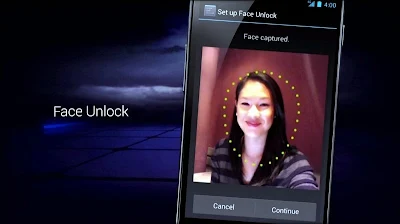Moxi’s Bendable Phone – Style Statement – Rolled into a Bracelet
A Chinese start-up company, Moxi Group intends to roll out 100,000 of the devices to its home country at $1064 a pop. The bendable phone would serve as a style statement since they are intended to be rolled into a bracelet to be worn on the wrist, but their touchscreens would feature only a black and white display at the moment. The device tends to look like a long thin smartphone when it is unfolded, with a narrow screen and large battery towards the bottom.
Chongsheng Yu, Moxi executive vice president had informed Bloomberg that `black and white phone seems much easier to make and the colour model power usage seems much higher than the black and white unit. It would be sold in China and if there is demand overseas, the same would be looked into’.
The springy screens are based on `graphene’ technology wherein the carbon atom seems to be lined in a definite pattern, making them quite conductive as well as strong. The Chongqing-based company has overcrowded the battery, processor together with the other parts in one end of the gadget allowing the display to bend almost to a full circle.
The Only Flexible Technology
Roel Vertegaal, director of the Human Media Lab at Queen’s University in Canada, that had used the technology to produce a prototype five year ago, stated that `if they are using flexible e-ink then it is a real loser. He further added that it was the only flexible technology, they could get though the colours seems to be poor, the contrasts are poor and one can’t play videos on it.Mr Yu informed that the bendable phone was based on e-ink, which Amazon tends to use in its Kindle devices though is a progress since it utilises an improved touchscreen system.
The corporate name Moxi is Chongqing Graphene Tech Co,which hopes that there will be a demand for the devices to help increase sales as the market tends to take a downturn. According to Strategy Analytics, in the $423 billion industry smartphone sales fell for the first time in the first three months of the year. Moxi aims to surpass Samsung Electronics, the hi-tech behemoth which has started toying with flexible-screen technology. It is not known if the phones would be made available in the United States.
Low Resolution Black & White – Not Reliable
A graphene researcher at Manchester University, Aravind Vijayaraghavan, stated that `if one makes a working, bendable phone then it is a massive market. If they are going to release it commercially this year, he would be impressed. If one has a low resolution black and white screen which is not reliable, then that is not a commercial prospect’.
If the Moxi phone is not that impressive, its launch will still tend to be the first. For years Samsung had apparently been working on flexible screens, though the technology had not appeared in a consumer product. Moxi could be heading in the right direction, when the sales of the smartphone seems to be dropping with every tech company attempting to make a smartphone that is not just a glass-and-metal rectangle





